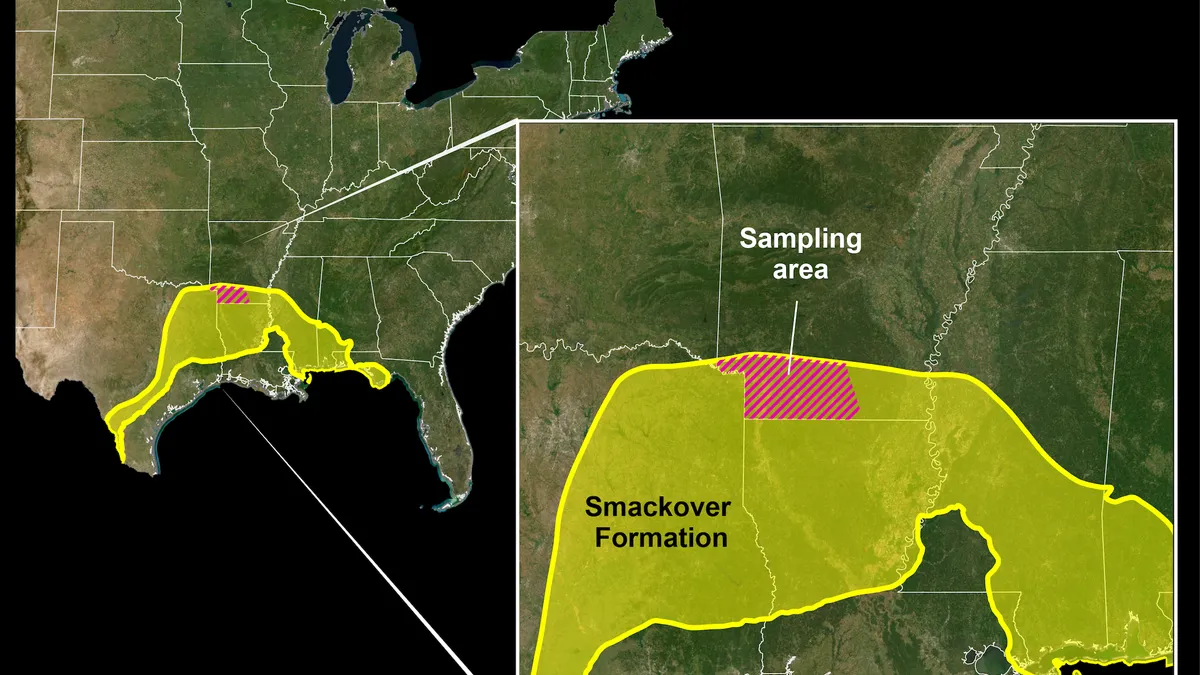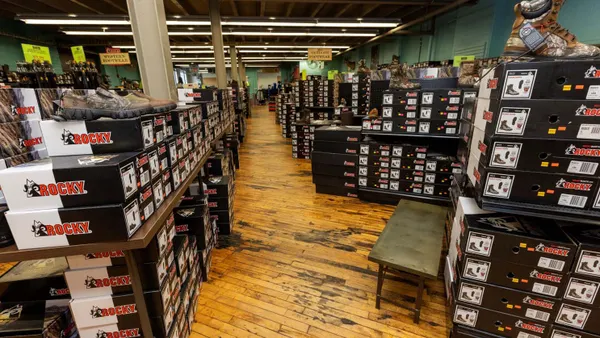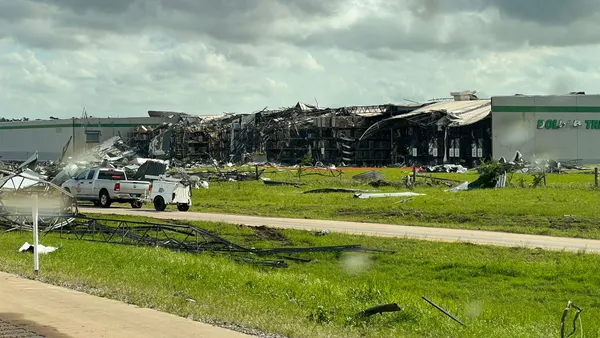Dive Brief:
- Bangladesh will create a digital map of its entire garment industry in an effort to enhance supply chain transparency, Reuters reported Monday. The initiative seeks to halt ongoing abuse after a recent boiler explosion at a garment factory renewed calls for transparency.
- The mapping project is designed to display comprehensive and accurate data on factories across Bangladesh and disclose it in online map available to everyone, according to the Bangladesh Garment Manufacturers and Exporters Association.
- The detailed, industry-wide database of factories will reveal names, locations, numbers of workers, product type, export country, certifications and brand customers. Bangladesh expects to pilot a digital map of its Dhaka region by 2018 and extend the initiative nationwide by 2021.
Dive Insight:
Bangladesh's initiative will provide a much-needed boost to supply chain compliance as a digital map will provide retailers, consumers and watchdog organizations a tool to ensure ethical sourcing.
Supply chain maps are the first step to ethical supply chains, as they more closely tie brands to the workers making their products, thereby building awareness of their conditions. Brands like Nike and Patagonia have easily accessible maps sharing their suppliers' address and worker composition. However, many more brands do not provide this detail of information, at times showing just the source location, without revealing the specific factory, worker composition and compliance score of each factory.
Brands have this information, but rarely make it public. Adidas' website, for example, has extensive information on the various tools used to measure risk and compliance, but no accessible map. Instead, stakeholders must dig through annual reports to find average data on supplier compliance, and the number actions undertaken to improve it.
The reason may be that ethical sourcing, to this day, remains a relatively new trend. Economics encourages brands to take advantage of cheap labor, and for long, there was no incentive for factory managers to invest in better worker conditions.
This trend began to reverse itself in 2013, when a factory collapse in Bangladesh killed 1,137 workers, bringing the nation's factory conditions into the international spotlight. Since that time, industry coalitions have sponsored various initiatives and pledges to improve labor conditions. Change is slow, however.
Though the Accord on Fire and Building Safety in Bangladesh has investigated a spate of factories with the aim of making improvements, the task is extremely challenging, as more than 100,000 fire, electrical and structural safety hazards were found in the 1,800 factories inspected. Of those 1,800, only 65 have been fully improved, with 400 more requiring at least 10% more work to reach compliance standards.
Bangladesh's digital mapping initiative is but the latest initiative and will take some time to yield results. Nonetheless, however slow, each pledge, action, and tool added to the compliance toolkit helps the ultimate goal of improving labor conditions — and not just in Bangladesh.












